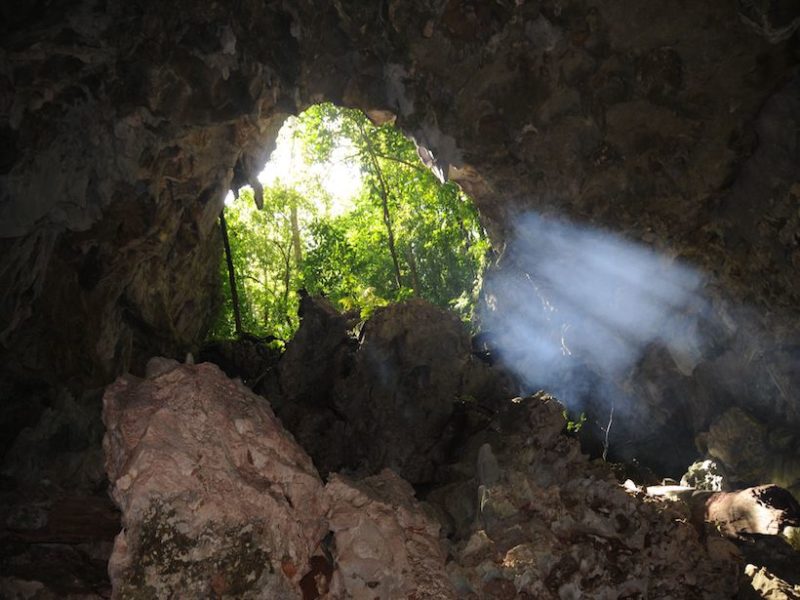Proxy indicators of past climates are usually things like tree rings, ice cores, and lake and ocean sediments. Here’s a new one–piles of bat excrement that show how their eating patterns have changed over time due to changes in climate as well as agricultural practices. These piles are found in a series of caves in Jamaica, where the guano has been allowed to pile up unmolested for over 4,000 years. By looking at how the composition of the guano has shifted over time, scientists can make deductions about what was growing in the area, and that can tell them what the climate at the time the deposit was laid down was like. The record also shows the impact of hurricane winds, which blew mangrove pollen from the coastal areas far inland into the caves on occasion. You can read more at Eos here.
